|
Les Halles d’Avignon is a covered market with 40-odd stalls hocking Provencal specialties, including produce, breads, fresh seafood and colourful spices. Herbes de Provence is a delightful mixture of savoury, marjoram, rosemary, thyme, oregano and lavender, traditionally used in southern French cooking. Sprinkle it on chicken, pork, beef, fish or salads. That dusting of lavender is really something special.
1 Comment
 My jaw dropped the moment we got to the city centre of Avignon. This papal city dates back 5,000 years. The medieval Roman sites and ruins stand majestic overlooking the centre and make me think of Rome. The sheer grandiosity symbolizing just how important this city was so many centuries ago. Caught in the rays of sunshine, the Notre Dame de Doms cathedral’s gilded statue of the Virgin – added in the 19th century – casts a divine impression on the 12-century cathedral. Dating back to the 14th century, the Popes’ Palace is just massive, and said to be the largest gothic palace in Europe. Its size, with 15,000 square metres of floor space, is said to symbolize the pontifical power in the city. Visitors can explore the 25 rooms where the many popes who lived there had their private quarters and were entertained by great banquets and theatrical shows. 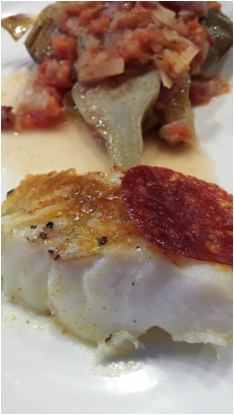 After all of this incredible eating, we were looking forward to learning how to make some Provencal fare ourselves. At this point in the trip, only a few days in, we were definitely feeling food overload. While we complained about our sore and protruding bellies, we weren't really complaining. How can we say no to any of this cuisine – ind-blowing in its appearance and delectable in taste? We can't (and don't). And that's that. Now it was our time to flex our muscles in the kitchen. We arrive at Maison de Fogasses, a 16th-century French mansion in Avignon owned by the jovial Corinne Guyon. This mansion-restaurant is so eclectic – so many rooms, each with a different vibe. Guests can rent out the home for events or cooking classes and enjoy the rooms, the backyard, the art gallery and studio, the fashion boutique. 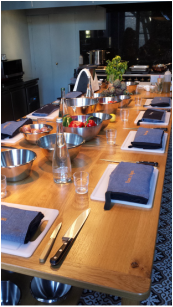 We eyed the long table, set out with fresh ingredients and an assortment of tools and aprons. Oh boy here we go. Our chef-teacher Caroline Millet looked stern and I got a pang of nervousness. What if I messed up ingredients, what if I chopped off a finger? She took us through how to prepare an artichoke (not an easy feat!), how to prepare tomatoes so the skin rolls off, how to sear red and green peppers, and how to make tapenade – my job (yikes). Give the tapenade to the olive hater. However ... well ... I'd rather not include a spoiler alert for my own feature, so I will point you to my cover story in the Toronto Star travel section on July 26 chronicling my adventures in the kitchen, which includes epiphany – yes an epiphany! The amount of oil I poured in to make the tapenade, mon dieu. 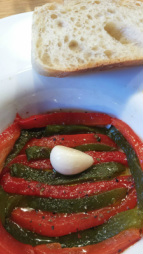 After learning how to properly slice peppers and cook them, we added a softened slice of young garlic that had been marinated in vinegar for three months and then olive oil for three months. It tasted surprisingly sweet. |
Jennifer Bill
Published journalist, world traveller, big thinker, fun haver Archives
May 2014
Categories
All
|

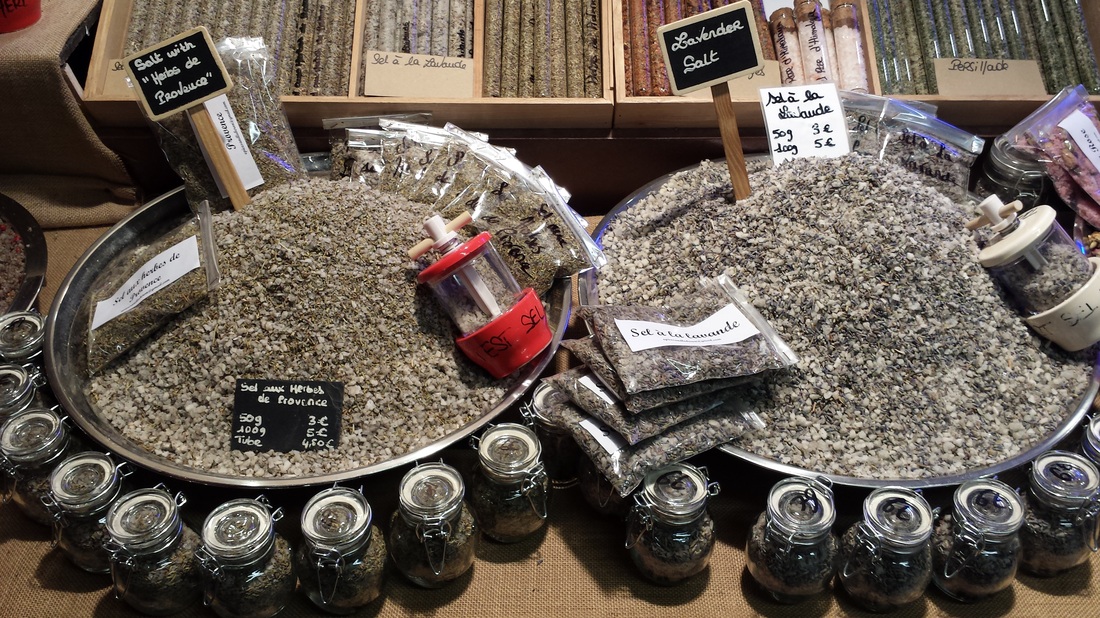
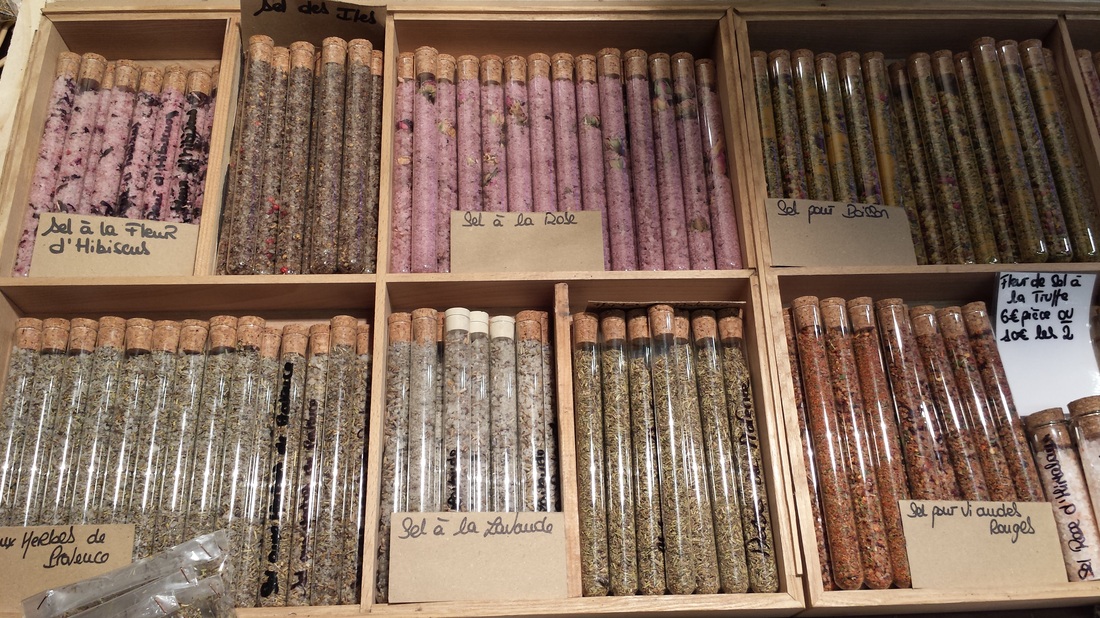
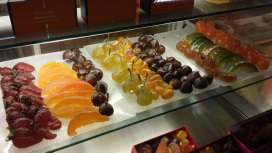
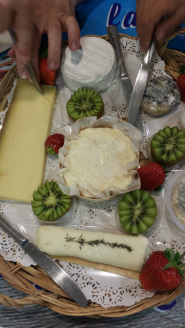

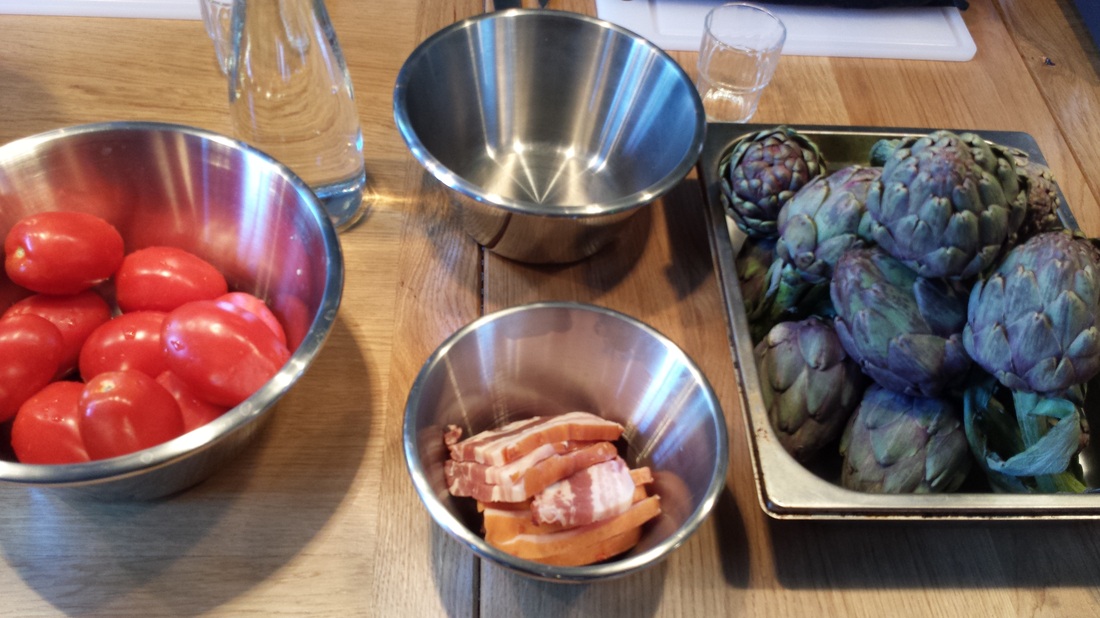
 RSS Feed
RSS Feed